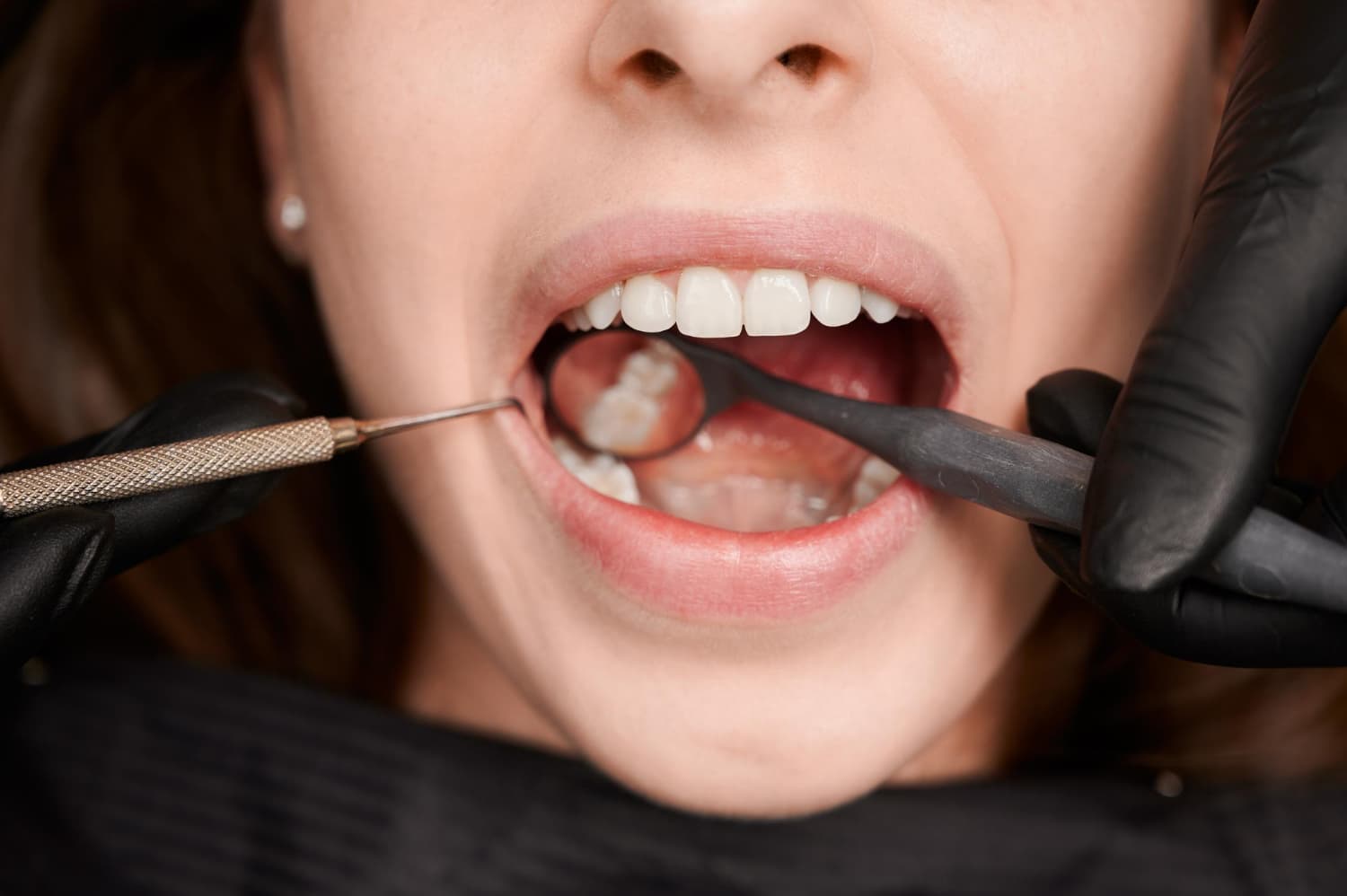Dental crowns and bridges play a significant role in restoring and maintaining a healthy, beautiful smile. Whether you have a damaged tooth or a gap due to missing teeth, these dental solutions can help renew your oral health and boost your confidence.
Understanding what crowns and bridges are, their benefits, and how they are placed can make the decision to opt for these treatments much easier. Keep reading to find out everything you need to know about dental crowns and bridges and how they can improve your dental health.
What Are Dental Crowns and Bridges?
Dental crowns and bridges are essential tools in restorative dentistry. They help to repair and replace damaged or missing teeth, ensuring your smile remains functional and attractive. A dental crown, often called a cap, covers a damaged or decayed tooth. It restores the tooth’s shape, size, and strength, allowing it to function normally. Crowns are typically used when a tooth is too damaged for a filling to be effective.
On the other hand, a dental bridge is used to fill the gap created by one or more missing teeth. A bridge consists of one or more artificial teeth anchored in place by crowns on the adjacent teeth. This helps prevent the remaining teeth from shifting out of position, which can lead to further dental issues. Bridges improve chewing and speaking abilities and maintain the shape of your face.
Both crowns and bridges can significantly improve the look and function of your teeth. Whether you need to cover a damaged tooth or replace a missing one, these dental solutions provide a reliable and aesthetic option. Understanding their purpose and how they work is the first step toward making an informed decision about your oral health.
Types of Materials Used for Crowns and Bridges
Dental crowns and bridges can be made from a variety of materials, each with its own set of advantages. The choice of material depends on factors like the location of the tooth, your aesthetic preferences, and your budget. Here are some common materials used:
1. Porcelain: Porcelain is a popular choice for crowns and bridges because it closely resembles natural tooth enamel in colour and translucence. It’s an excellent option for front teeth, where appearance is most important. Porcelain crowns are strong, but they can wear down opposing teeth if placed on back teeth.
2. Metal: Metal crowns, made from alloys like gold, are known for their durability and strength. They are usually placed on molars where the chewing forces are greatest. While metal crowns don’t look as natural, they last a long time and rarely chip or break.
3. Porcelain-Fused-to-Metal (PFM): PFM crowns combine the strength of metal with the aesthetic appeal of porcelain. The metal provides a strong base, while the porcelain coating offers a natural appearance. These crowns are suitable for both front and back teeth.
4. Ceramic: Ceramic crowns are made from a type of porcelain that is even stronger than traditional porcelain. They offer a great balance between durability and appearance, making them suitable for both front and back teeth.
5. Resin: Resin crowns are less expensive and require less tooth structure to be removed before placement. However, they are not as strong or durable as porcelain or metal crowns and may wear down over time.
Choosing the right material for your crown or bridge depends on various factors, including its location in your mouth and your personal preference. Consulting with your dentist will help you make the best choice for your specific needs.
Benefits of Dental Crowns and Bridges
Dental crowns and bridges offer several key benefits for your oral health and overall well-being:
1. Restored Functionality: Crowns and bridges help restore the normal function of your teeth. This means you can chew and speak properly without any discomfort or difficulty. A crown can strengthen a weakened tooth, and a bridge can replace missing teeth, preventing bite issues.
2. Improved Appearance: Dental crowns and bridges can improve the appearance of your smile. Crowns can cover discoloured or misshapen teeth, while bridges fill gaps left by missing teeth. Both options are designed to blend well with your natural teeth, enhancing your smile.
3. Prevention of Tooth Movement: Missing teeth can cause nearby teeth to shift out of position. This can lead to misalignment and other dental problems. A bridge prevents this movement by filling the gap, maintaining the alignment of your teeth.
4. Durability and Longevity: With proper care, crowns and bridges can last many years. They are made from strong, durable materials designed to withstand daily wear and tear. Regular dental check-ups and good oral hygiene can extend their lifespan even further.
Understanding the benefits can help you appreciate the long-term advantages of choosing crowns and bridges for dental restoration. These solutions not only improve the look of your smile but also contribute to better oral health.
The Procedure for Getting Crowns and Bridges
Getting a crown or bridge typically involves a few steps spread over multiple dental visits. Knowing what to expect can help you feel more comfortable with the process.
1. Initial Consultation: Your journey starts with an initial consultation where your dentist examines your teeth and discusses the best options for you. X-rays or scans may be taken to get a detailed view of your teeth and jaw.
2. Tooth Preparation: For a crown, your dentist will numb the area and shape the affected tooth to make room for the crown. For a bridge, the adjacent teeth (abutments) are also prepared as they will support the bridge. This may involve removing a portion of these teeth to ensure a proper fit.
3. Impressions: Once the teeth are prepared, impressions are taken to create a model of your mouth. This model is sent to a dental lab where the crown or bridge is custom-made to match the colour, shape, and size of your natural teeth.
4. Temporary Crown or Bridge: While you wait for the permanent restoration, a temporary crown or bridge is placed to protect the prepared teeth and maintain their position.
5. Fitting the Permanent Crown or Bridge: On your next visit, the temporary restoration is removed, and the new crown or bridge is checked for fit and comfort. Adjustments are made if necessary, and once you and the dentist are satisfied, it is cemented in place.
By understanding these steps, you can feel more prepared and less anxious about the process. Your dentist will provide detailed aftercare instructions to ensure the longevity and success of your new crown or bridge.
Conclusion
Dental crowns and bridges offer effective and lasting solutions for restoring damaged or missing teeth. These dental procedures not only improve the look of your smile but also enhance the function and health of your teeth. Whether you’re dealing with a damaged tooth or missing teeth, crowns and bridges can provide the support and appearance you need.
If you think crowns or bridges might be the right solution for you, or if you have any questions, look no further than Pickering Dental Services. Our dentists in Pickering are here to help you achieve a healthier, more confident smile. Contact us today to schedule your appointment!


